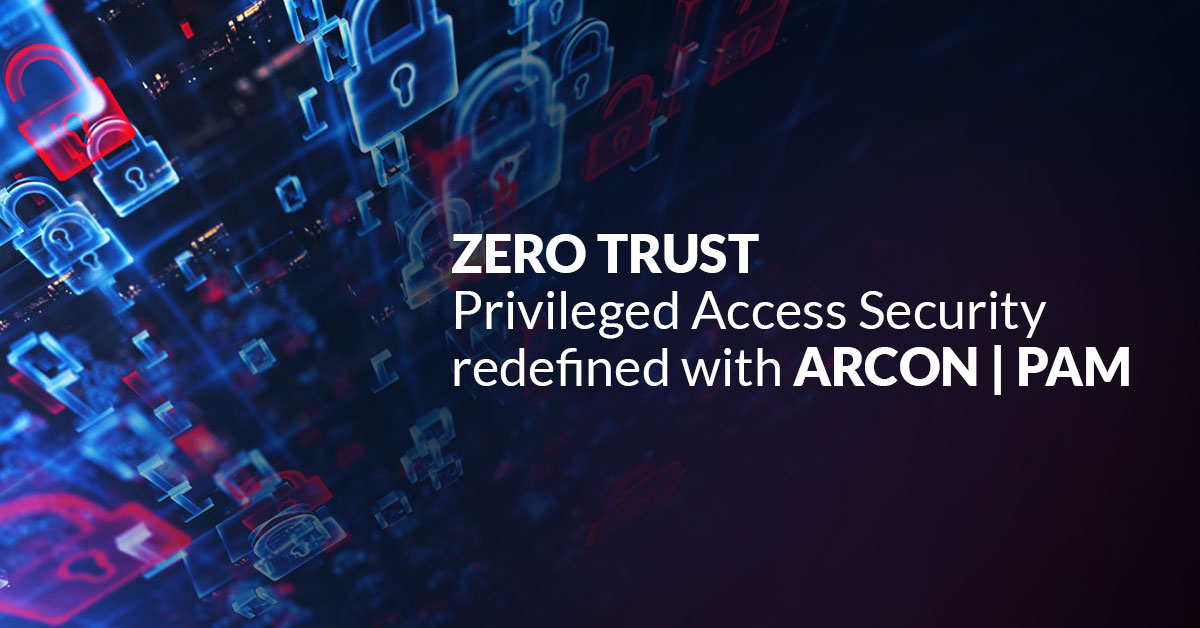Today, it is well established that protecting privileged identities is one of the most critical aspects of any security framework but to continuously assess the trust levels of such identities in dynamic IT world has become a necessity. The prime target of malicious actors, ‘privileged identities’, are like the holy grail of any organization. Once compromised, the attackers can breach data – the heart of an IT empire. The probability of data breach threat multiplies with every new privilege identity created in the IT ecosystem. With a vast number of database silos stored in servers and cloud resources, unprotected and unmonitored privileged identity can prove to be an organization’s nemesis. Unfortunately, organizations still maintain a conventional IT security approach. Much of the IT security investments are directed towards advanced network security solutions. Inside the perimeters, however, organizations seldom pay adequate attention to inculcate a practice of implementing robust security controls, especially around privileged identities.
Lately, there has been a lot of buzz around the Zero Trust security model. It is going mainstream with several banking and financial institutions, government organizations, among many other industries adopting it to mitigate data breach risks. It is gaining wide-spread acceptability because it addresses one of the biggest IT challenges – identity security. Indeed, this model is a radical shift from a conventional perimeter-centric security approach to a unified data and identity-centric security approach. This is imperative in today’s context as enterprise data is widely dispersed across IT environments. To monitor which identity is accessing what, why and where is critical to assess the trust. A general framework of the Zero Trust model is that it never assumes “trust” but continuously assesses it. Once applied, it provides greater visibility and analytics of identities present in every layer of IT infrastructure, ensuring better IT governance.

